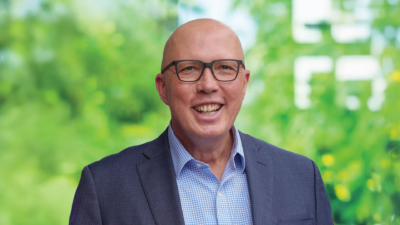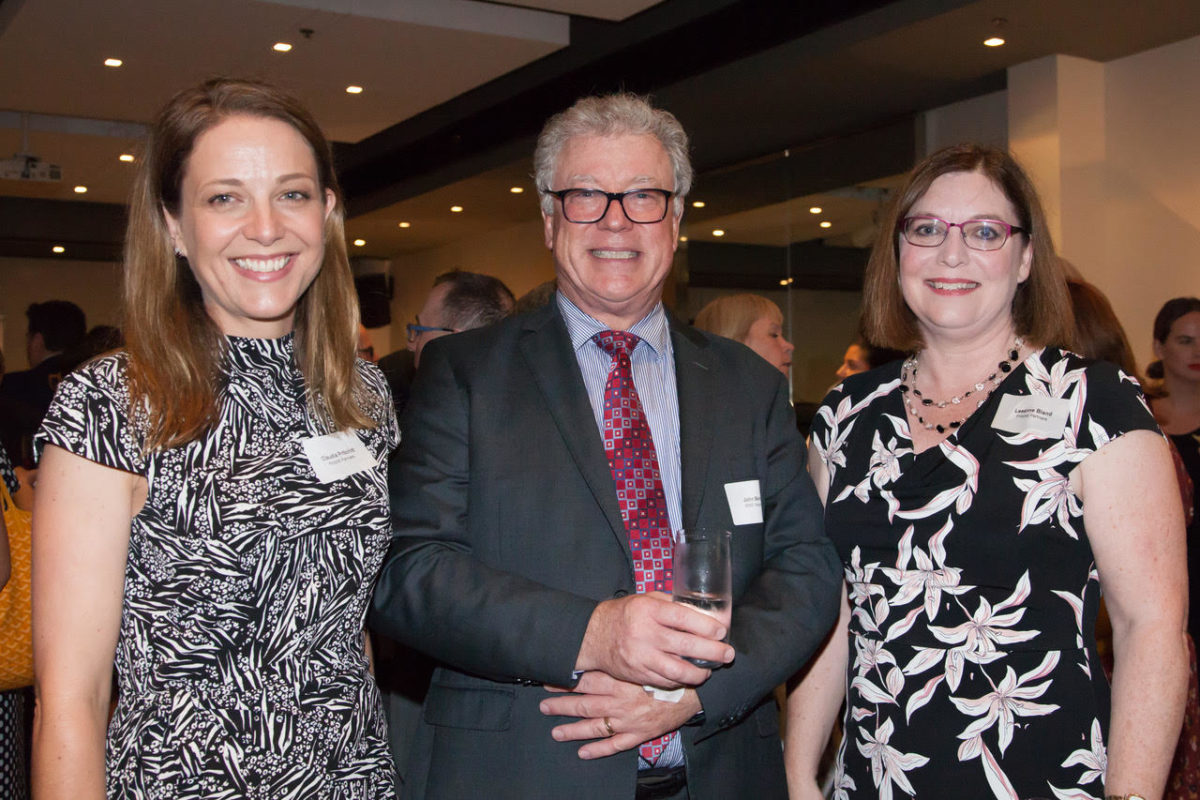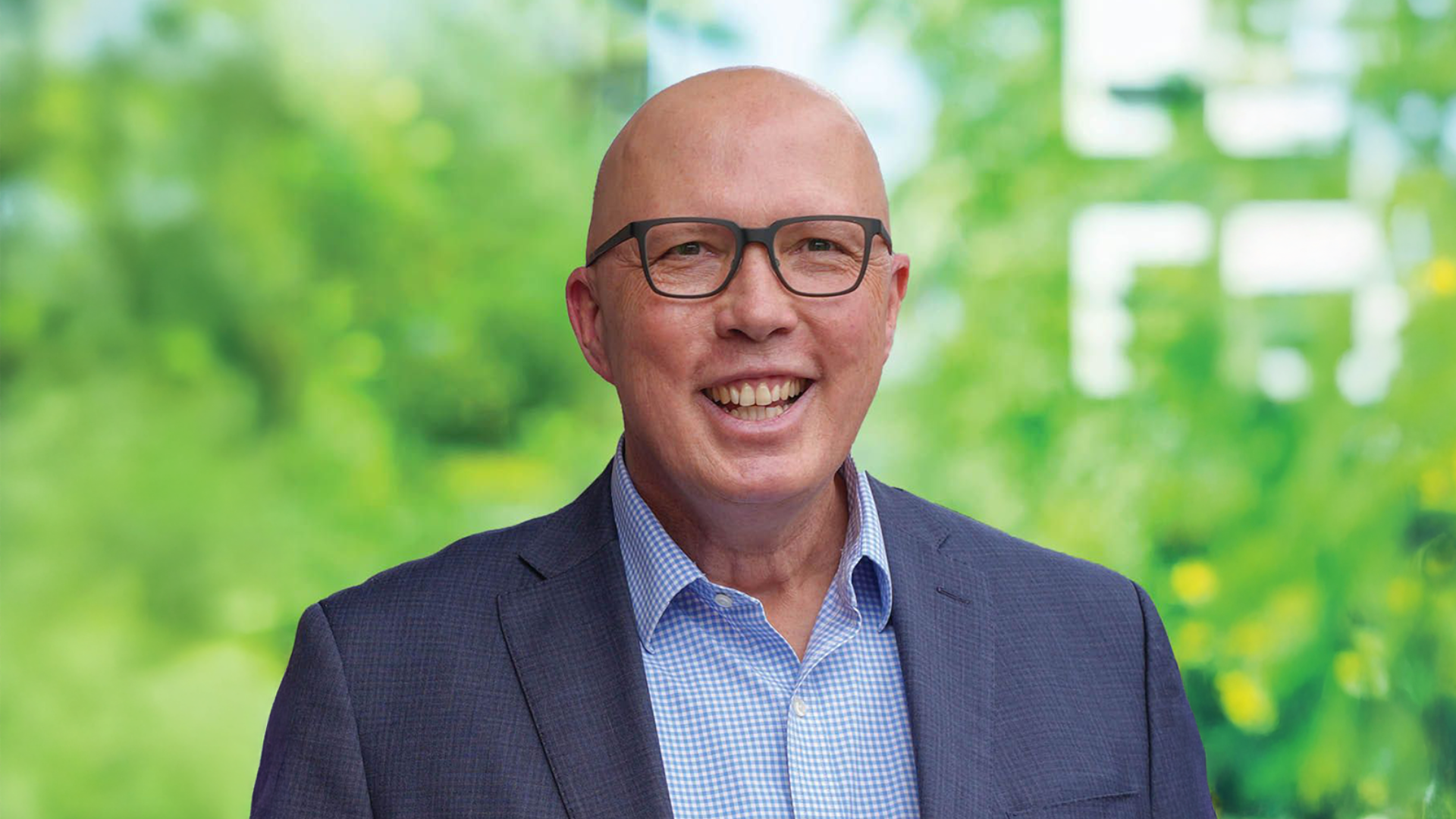SMSF Association relaxed about sector’s consolidation
For years, the industry waited for the pace of growth of the SMSF sector, in both assets and number of trustees, to slow and then move into reverse. That time is upon us. But, according to John Maroney at least, the consolidation, cements the sector’s importance. SMSFs will likely settle into a position representing about 30 per cent of the $2.7 trillion superannuation market – less than the not-for-profit funds and about the same as the commercial funds.
Speaking last week at an annual investment industry cocktail function in Sydney organised by Pritchitt Partners, a specialist finance communications agency, the chief executive of the SMSF Association said that the SMSF sector would likely double from its current $750 billion in assets for more than one million trustees over the next decade, but there would be more and more drawdowns due to the ageing population.
The drawdowns would be partly mitigated by the Government’s proposal, if it goes ahead, to increase the maximum number of members in an ATO-regulated SMSF from four to six. This would allow more family members to join a fund, such as children of the main sponsors (giving a fund extra longevity).
“The important thing is that the system is working,” Maroney said. “One of our biggest concerns is the availability of advice. For people who leave the sector it may be a difficult transition. We think everyone should be able to access simple advice and guidance.”
Maroney is a former Australian Government actuary and head of the Institute of Actuaries, who went on to run one of the pre-cursor organisations of the FSC (known as LISA) and subsequently spent seven years in Switzerland at the International Association of Insurance Supervisors, an insurance and pensions organisation. He returned to Australia in 2017 to take up his current position based in Adelaide.
He told the Pritchitt Partners gathering that next month he would “clock up” 40 years since he became a member of his first super fund. About 20 years ago, in 1999, when SMSFs shifted from APRA regulation to that by the ATO, there were about 200,000 of them – then known as ‘excluded funds’ – and they had assets of about $55 billion. “They were less than 10 per cent of the system and are now more than 30 per cent,” he said. The SMSF Association was formed in 2003 and now had 3,000 professional members. It “tried” to represent all of the one million SMSF trustees.
Prior to the announcement of an inquiry into the retirement system, Maroney said, the SMSF Association had submitted to the Treasurer that it would be good to have an overall objective for the system. “We still don’t have one,” he said.
In an article published prior to his speech, Maroney said the introduction of new contribution caps in 2017, as well as the outflow of pension payments to retirees and the natural outgoing tide of wealthy boomers would probably lead to a reduction in the sector’s share of the total super sector.
“We tend not to worry too much about being the biggest sector,” he told the Professional Planner newsletter. “It’s great that we’ve got up to 30 per cent, but I think it’s more likely that we will decline somewhat in percentage terms over the next 10 years, mainly via demographics.”
He said that many older retirees in the SMSF sector would either extinguish their savings or pass them onto beneficiaries in the coming years, while some would choose to wind the funds up in favour of easier options. Another common scenario would for the fund to closed when the driving force in a relationship passed away and the surviving person decided to shift into a more managed environment.
It should be pointed out that big super funds have also started a consolidation phase, with the total number of member accounts being reduced because of the industry and regulator’s greater focus on efficiencies. The dollar amount for dormant accounts to be transferred to the ATO was last year increased from $1,000 to $6,000, speeding up the consolidation.
Last week’s 13th annual industry event was organised by Pritchitt Partners’ partners Leeanne Bland and Claudia Pritchitt.
– G.B.










